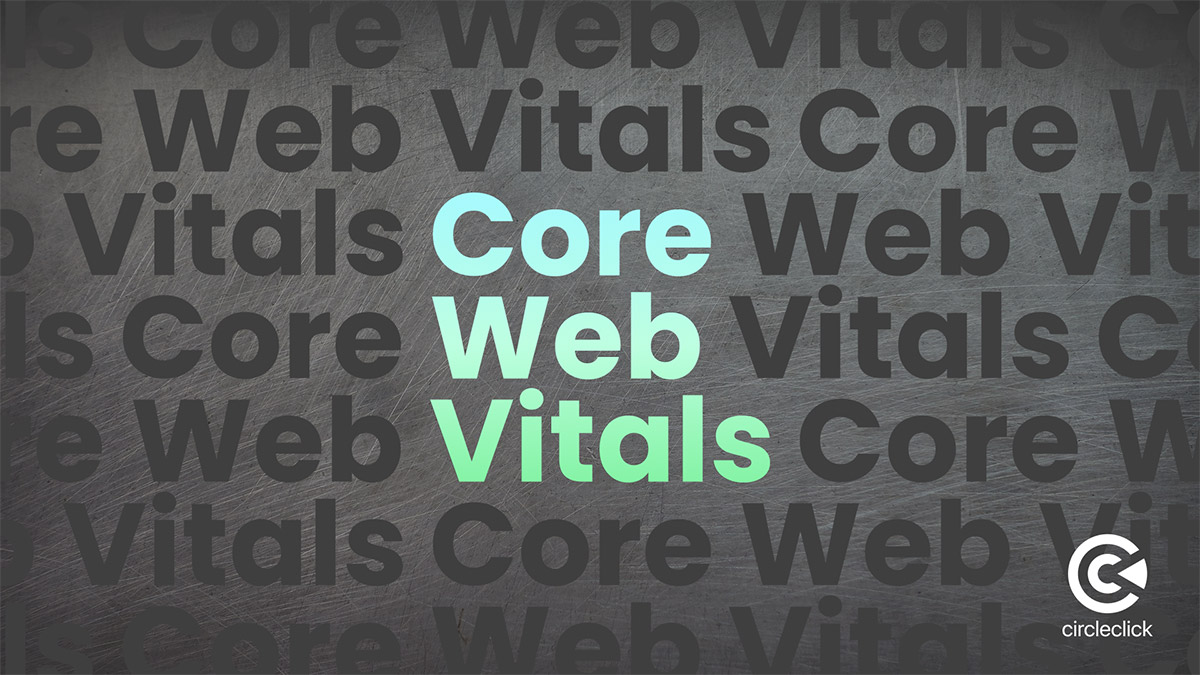An Introduction to Core Web Vitals

The only constant in SEO is change, which is also why we love it, and our CEO has dedicated her career to it. It’s not good enough to learn the basics of SEO once – it’s a constantly evolving discipline; you need to consistently be updating your knowledge to remain relevant and competitive. Both art and science come together to make SEO work.
It really comes down to, at this point, technical performance and understanding what users want and giving it to them in such a way that they understand.” – Anne Ahola Ward
The latest news to rock the SEO world is Core Web Vitals. While site owners and managers have long known that delivering a great user experience is critically important, there has not been an easy way to quantify that experience. With Core Web Vitals, that may be changing. The goal here is to provide objective measurements that analyze the user experience on any given site.
The Basics
As a starting point, Core Web Vitals is going to focus on three metrics. While the three listed below are the current focus of this initiative, it is no secret that the metrics will change and evolve over time as technology changes.
- Largest Contentful Paint
- First Input Delay
- Cumulative Layout Shift
If you are a developer, those terms may be familiar. If not, they may be completely meaningless to you at this point. Let’s take a look at each of these three and what they mean for your site.
Largest Contentful Paint
The concept here is pretty simple. This metric measures the render time for the largest text block or image on the viewable part of the page. The threshold here to earn good performance on LCP is under 2.5 seconds.
First Input Delay
Another piece of the Core Web Vitals puzzle is FID, which measures how quickly your site responds once a user attempts to take an action. That action will likely be something simple like clicking a button or a link. The measurement here is capturing how much time passes between the action and the response by the browser. A good time is under 100 milliseconds, while a time over 300 milliseconds is considered poor.
Cumulative Layout Shift
The last metric included in the current form of Core Web Vitals measures how much shift is taking place on your web pages. Some pages will include elements that shift after they have loaded, an issue that can happen as a result of factors like third-party ads or unknown image dimensions. Layout shift makes for a poor user experience because it’s hard to read the content on the page when it jumps around, and the user might even click on an element by accident. To receive a good score on this metric, the goal is to keep your CLS under 0.1.
Why It Matters
Should you care about Core Web Vitals on your site? Absolutely, and you have two reasons to give this topic the attention it deserves.
- Search rankings. Of course, this is always the focus when talking about SEO. The expectation is that Core Web Vitals will become a ranking factor within the Google algorithm. If that is the case, you’ll obviously need to pay attention to these metrics if you hope to maintain or improve your rankings.
- User experience. Beyond ranking concerns, you can utilize the Core Web Vitals metrics to improve the experience you offer your site visitors. It’s always worthwhile to improve the way your site treats its guests, as those are your potential clients and customers.
If your business takes SEO seriously, you can’t afford to overlook Core Web Vitals. These metrics seem likely to become more and more important in the years to come, so get started right away on the steps needed to optimize your site.


